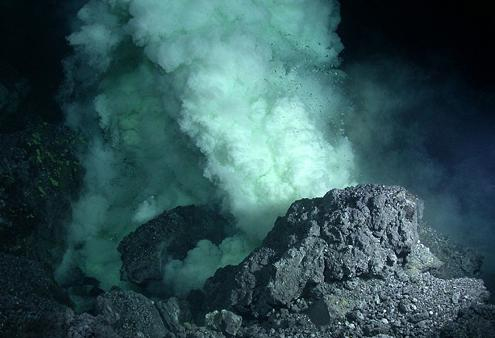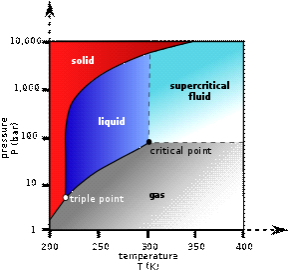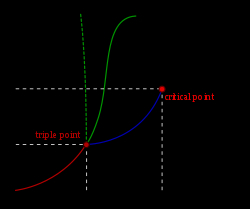Why might supercritical fluids be critical for cost-effective geothermal energy?

Supercritical Deep Ocean Vent
Before answering, what is a supercritical fluid?
Per Wikipedia[1]:
A supercritical fluid (SCF) is any substance at a temperature and pressure above its critical point, where distinct liquid and gas phases do not exist. It can effuse through solids like a gas, and dissolve materials like a liquid. In addition, close to the critical point, small changes in pressure or temperature result in large changes in density, allowing many properties of a supercritical fluid to be “fine-tuned”. Supercritical fluids are suitable as substitutes for organic solvents in a range of industrial and laboratory processes. Carbon dioxide and water are the most commonly used supercritical fluids, being used for decaffeination and power generation, respectively. It is supercritical water Z Group Energy (ZGE) focuses on for optimizing clean, cost-effective geothermal electric power applications.

As previously mentioned, liquid and gas phases no longer exist for any substance where temperature and pressure are above the critical point. (Refer to the phase diagram.) Interestingly, when a gas is at temperatures above the critical point, no amount of pressure can return that gas to liquid. As you can see on the phase diagram, the triple point occurs where temperature and pressure conditions are optimum for all three physical states (solid, liquid and gas) to exist together at equilibrium.

Additionally, there is no surface tension in a supercritical fluid, as there is no liquid/gas phase boundary. By changing the pressure and temperature of a supercritical fluid, properties can be “fine-tuned” to be more liquid-like or more gas-like. This ability to fine-tune via calibrating temperature and pressure, as well as the high thermal energy carrying capacity of supercritical liquids, particularly water, make them a valuable commodity and a useful tool in geothermal electric power production.
The answer is: Supercritical geothermal heat extraction as modeled by Iceland’s Iceland Deep Drilling Project (IDDP) suggest supercritical geothermal wells may provide from five to ten times more energy than conventional sub-critical wells. We anticipate as more is learned via continued IDDP flow testing, that ZGE’s patented, sealed Heat Cylinders coupled with the patented ZGE Exchange Chamber and supercritical fluids will yield spectacular cost efficiency with water comprising the only emission. Costs below $0.045 / kWh can be expected.
ZGE loves supercritical H2O and so will your tiny monthly electric bill once supercritical, sealed geothermal electricity production goes viral.
[1] “Supercritical Fluid,” Wikipedia, August 7, 2017, https://en.wikipedia.org/w/index.php?title=Supercritical_fluid&oldid=794420227.
